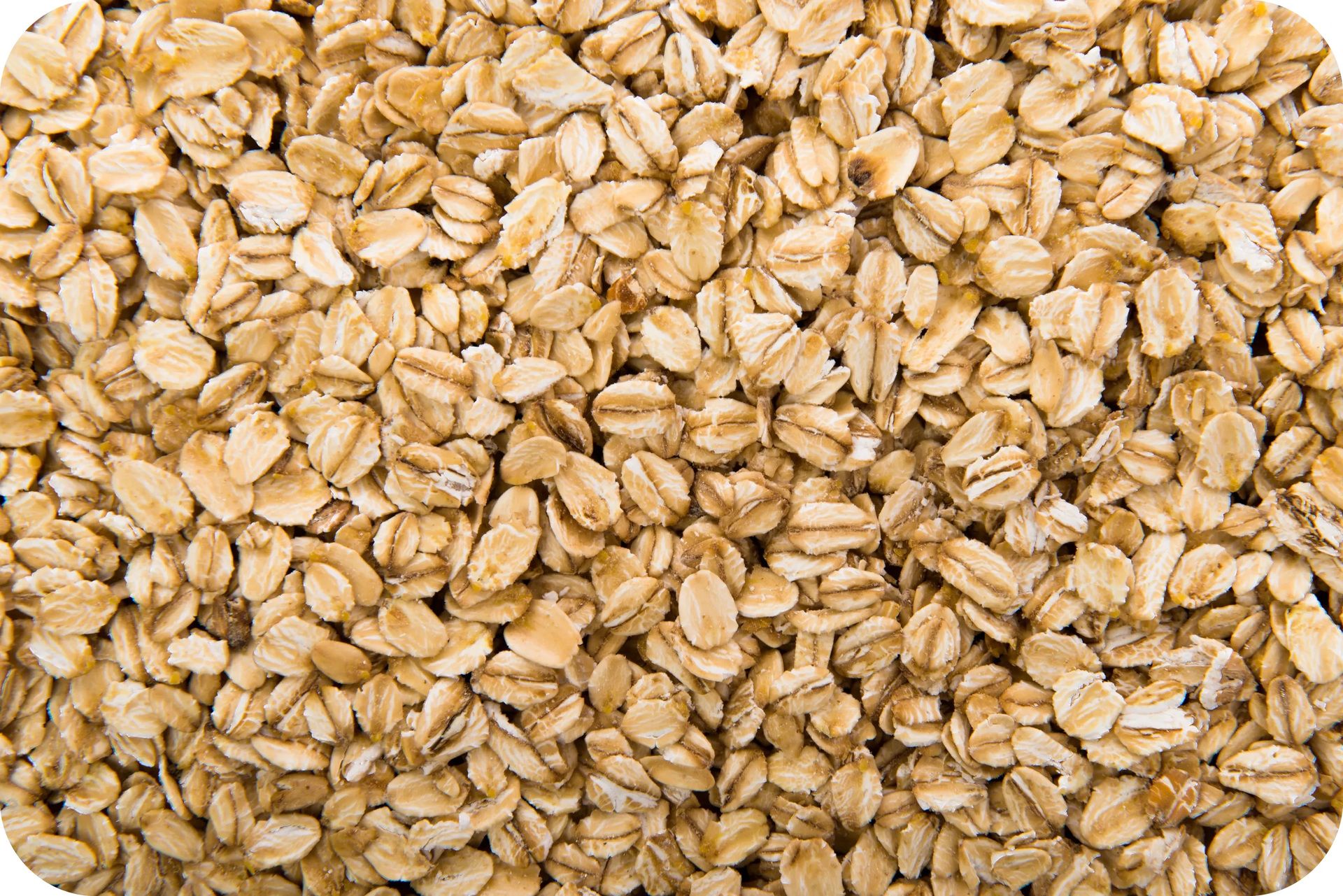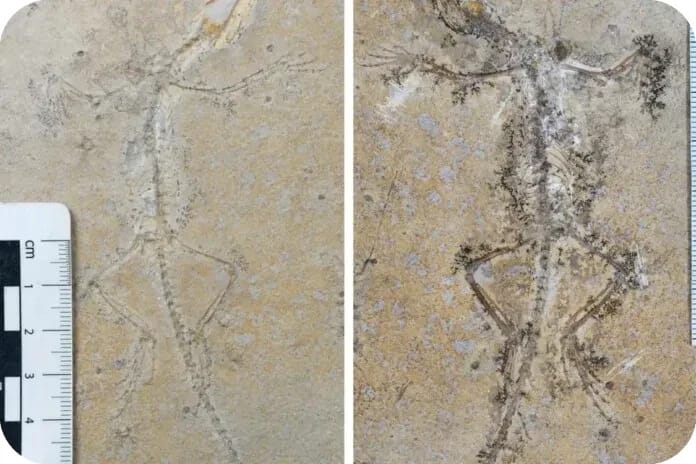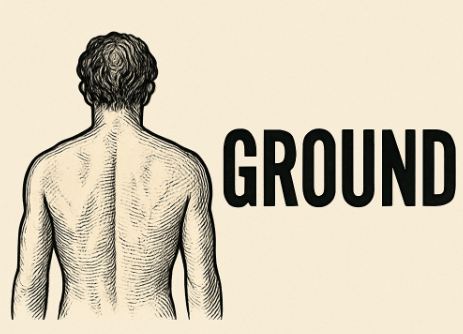- Daily Upsider
- Posts
- 🌞 Breakfast Just Got Smarter
🌞 Breakfast Just Got Smarter
Daily Upsider - Wednesday, July 23rd, 2025
Wednesday, July 23rd, 2025
Good Morning! 🌞
Today is National Sprinkle Day—a lighthearted reminder that even the smallest things can bring a bit of joy. Whether on cupcakes or ice cream, sprinkles have a way of adding just the right touch of sweetness.
So here's to finding little moments of color and comfort today—whatever form they may take.
Today’s Upside
Health Sciences
Breakfast Just Got Smarter

Biologist Stephen Wallace – credit Edinburgh Innovations
New research from the University of South Australia is unlocking the biological secrets behind oil accumulation in oats—insights that could streamline processing and expand commercial applications. Australia, already the world’s second-largest oat exporter, faces a bottleneck: high oil content in oat grains makes milling inefficient and slows innovation in rapidly growing categories like oat flour and plant-based protein. To tackle this, scientists from UniSA, the South Australian Research and Development Institute (SARDI), and the University of Adelaide studied how oil forms in two modern oat varieties. Using spatial imaging alongside lipidomics and proteomics, they identified the biological mechanisms driving oil production.
The study provides clear evidence of what controls oil levels in oats, offering a pathway to breed naturally low-oil varieties. This would not only reduce milling costs but also unlock new commercial uses. “While oil can be removed from partially milled oat flakes—using supercritical carbon dioxide prior to further milling—this approach is laborious and expensive,” says UniSA PhD candidate Darren Lau. “Breeding low-oil oat varieties is a cost-effective approach but requires further understanding of oil production in oats. This is where our research is critical. Our analysis has identified several key enzymes that are involved in oil synthesis which could be genetically manipulated to lower oil content of oat grains. Reducing oil content could also unlock new opportunities in sectors like oat flour and alternative proteins, which could significantly strengthen Australia's position in the market.”
With 26 million metric tonnes of oats produced globally in 2022, the commercial potential is substantial. The Grains Research and Development Corporation’s oat grain quality consortium is already applying the findings to improve oats for milling and ingredient use. “The consortia are currently working on a larger and more diverse oat cohort to further investigate molecular markers and nutrient partitioning of oil in oats,” Lau says. “The consortia are also investigating one of the key enzymes validated in this study to determine whether manipulating or removing it can lower oil content, and how that affects the growth of the plant.” SARDI project lead Dr. Janine Croser adds: “This research provides important insights into the biological mechanisms underlying varietal differences of oil production in developing oat grains. We expect that the development of low-oil lines will improve efficiencies in the flour milling process and potentially lead to novel uses for oats. With demand for plant-based foods on the rise, we anticipate the oat grain quality consortium research will help put Australia at the forefront of oat innovation—supporting growers, processors, and exporters alike.”
History
Lost Fossil Halves Reunite

Side by side composite image of the two fossil halves – credit London Natural History Museum, released
The discovery of Sphenodraco scandentis is as much a tale of scientific insight as it is of historical intrigue. While visiting London’s Natural History Museum, Ph.D. student Victor Beccari was struck by a sense of familiarity when he saw a fossil slab of a Jurassic reptile. Later, during a trip to the Senckenberg Museum in Frankfurt, he realized why—each museum had one half of the same specimen: one held the fossil, the other its impression. “It seems that someone in the 1930s decided to double their profit by selling both halves separately,” Beccari explained. “As they didn’t tell either buyer that there was another half, the connection between the two fossils had been lost until now.” Once reunited, the fossil turned out to be more than a 90-year-old con—it revealed a new species, misidentified for decades as Homoeosaurus maximiliani.
The new species, Sphenodraco scandentis, is now recognized as the earliest known tree-dwelling member of the Rhynchocephalia order—a group distinct from lizards and snakes, now represented solely by New Zealand’s tuatara. Beccari’s analysis showed that S. scandentis had long limbs, a short body, and elongated forefingers—features commonly found in gliding reptiles, strongly suggesting an arboreal lifestyle. The fossil originated from Germany’s Solnhofen Limestone, a Late Jurassic formation that was once an island chain. Although it’s a key region for studying rhynchocephalians, many fossils from the area remain poorly understood or misclassified.
“I think we’re really underestimating the diversity of these animals,” Beccari said. “In a lot of cases, fossils coming from the same place that look somewhat similar get lumped together. So, everything with longer limbs was called Homoeosaurus and everything with shorter limbs was Kallimodon.” He added, “The closer you look at how these animals have been studied in the past, the more you appreciate that the species aren’t that well-defined. We know that modern islands can have hundreds of species of reptiles, so there’s no reason that ancient islands didn’t too.” Beccari plans to revisit existing fossils and explore undescribed specimens for further signs of overlooked species. “It goes to show just how important museum collections are to understanding ancient diversity. Even though many of these fossils were discovered almost two centuries ago, there’s still a lot they can teach us.” As GNN previously reported, this isn’t the first time hidden species have resurfaced—one tyrannosaurid was found in a museum drawer after 50 years, and another dinosaur went misclassified for over 150.
Culture
Back to the ’70s
Before smartphones and smart TVs, there were simpler pleasures—and this video is a time machine straight to them. From shag carpets and rotary phones to those impossible-to-fold road maps, this fun list of 25 things you probably forgot you grew up with will have you laughing, nodding, and maybe even shouting, “I had that!”
Remember when...
📺 TV stations actually signed off at night?
📞 You couldn’t sneak a call without the whole house hearing?
🎶 And if you missed your favorite song on the radio, you had to wait hours (or days) to hear it again?
This quick video is pure nostalgia gold—and a great reminder that while technology's changed, the memories are still just a click away.
👉 Take a trip down memory lane and let us know which item hit you the hardest (or funniest).
Support Daily Upsider!
Help our mission to share positive, meaningful news! Your support keeps us going without the need to bombard you with annoying ads!

🌿 Wellness Wednesday Challenge: The 20-Minute Nature Reset
Today’s mission: Spend 20 minutes outside—on a walk, in the garden, or even just on the porch with a cup of something warm. No phone, no to-do lists. Just fresh air, a little quiet, and whatever the trees or sky have to offer.
Why it matters: Studies show even short time in nature can lower blood pressure, ease stress, and boost mood. No gym shoes required—just you and the outdoors.
Let us know what you noticed out there today. 🌳👀
Mind Stretchers
⁉️

Yesterday’s Answers to the Mind Stretchers:
I move without legs, I speak without breath, I'm heard but not seen, And remembered when left. What am I? — the answer we are looking for is an ECHO, nobody got this correct today unfortunately 🙃
Be the first to send us the correct answer for today’s mind stretcher for a shout-out with the answer tomorrow. Just send us the answer and your name to [email protected] or reply to email.
From the Community
If you have any uplifting stories and experience you might want to share, send those over to [email protected] for the chance to be featured.
Reply